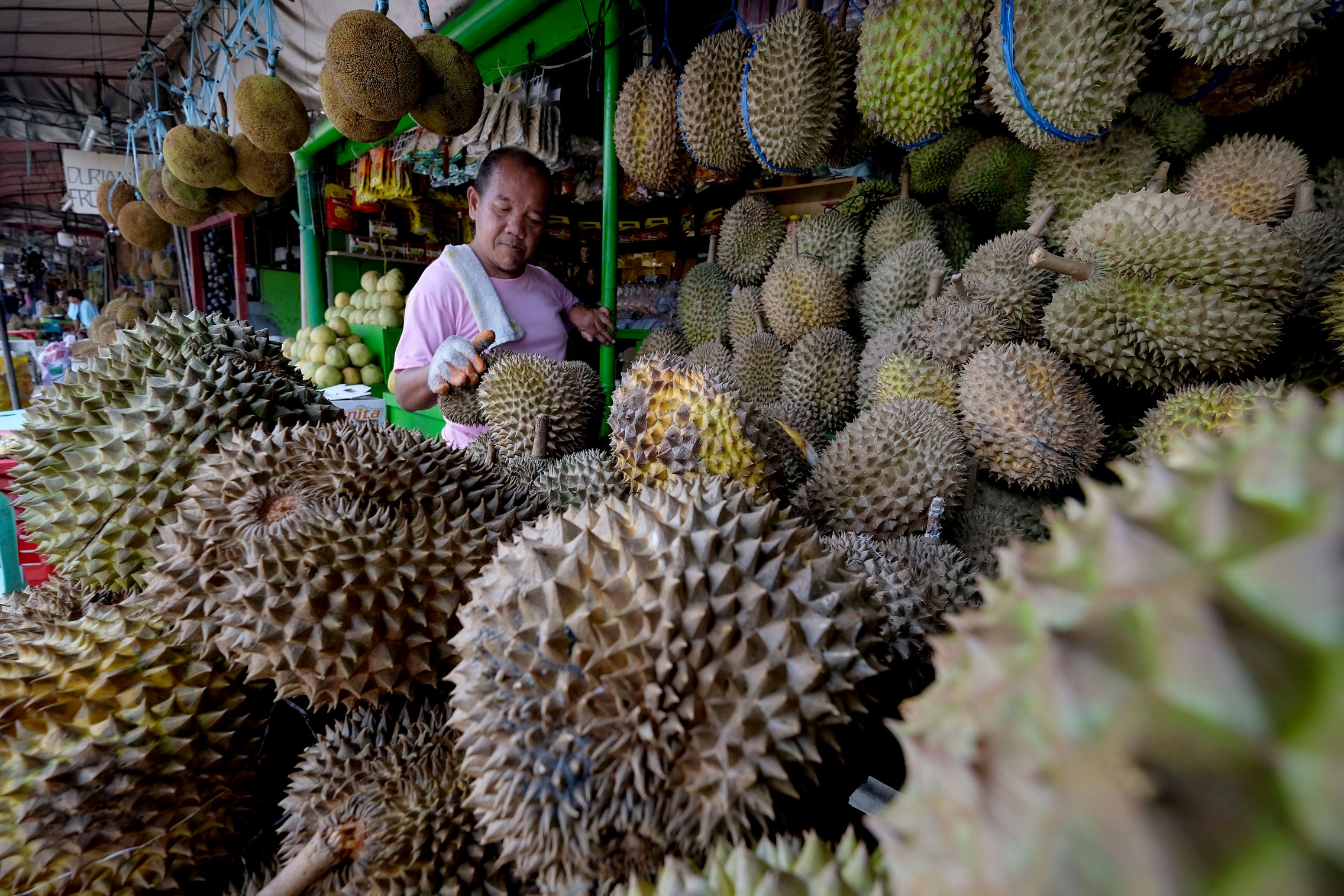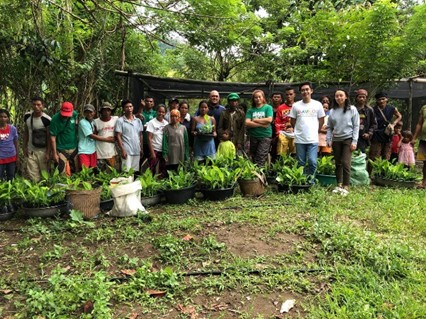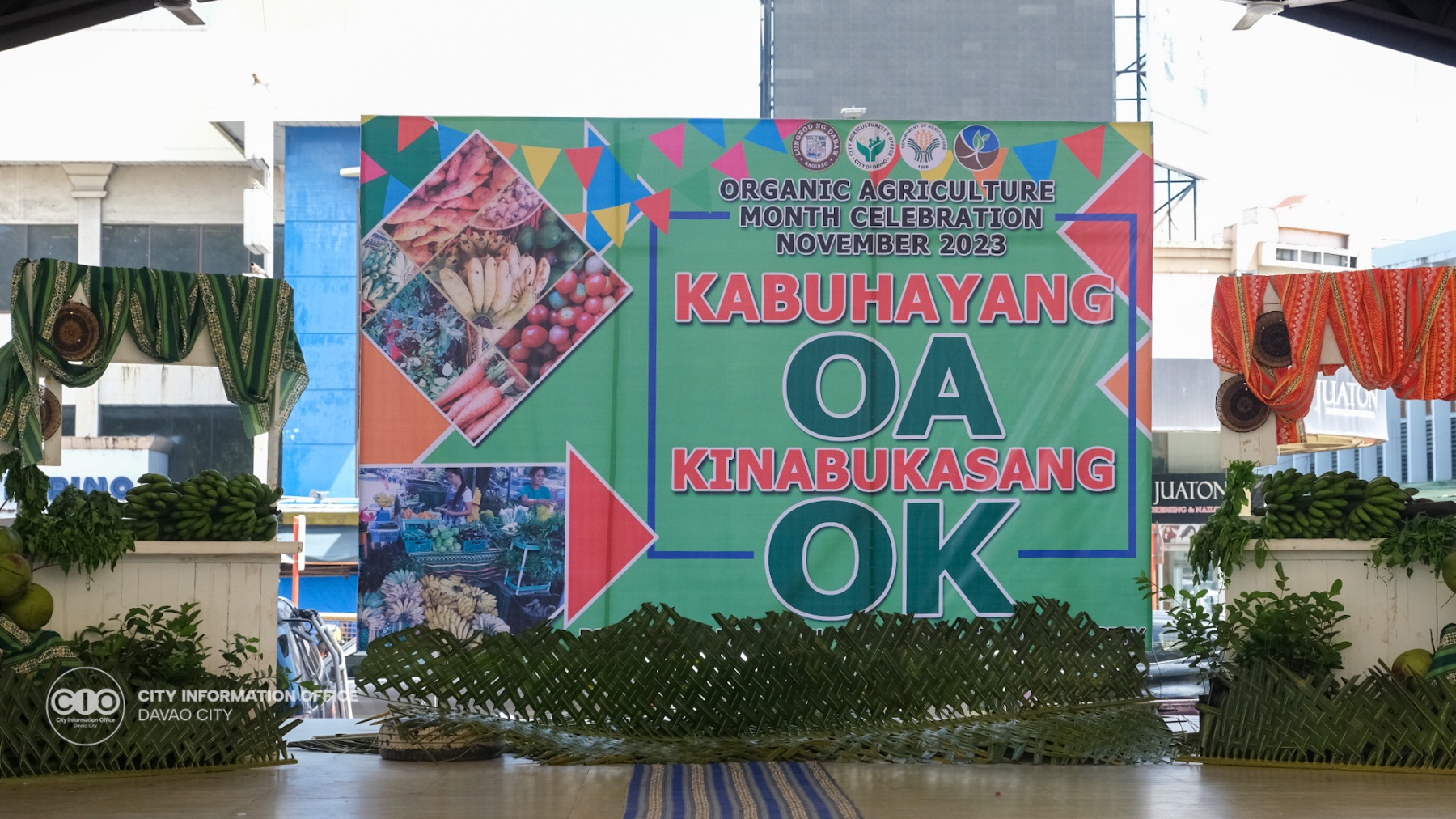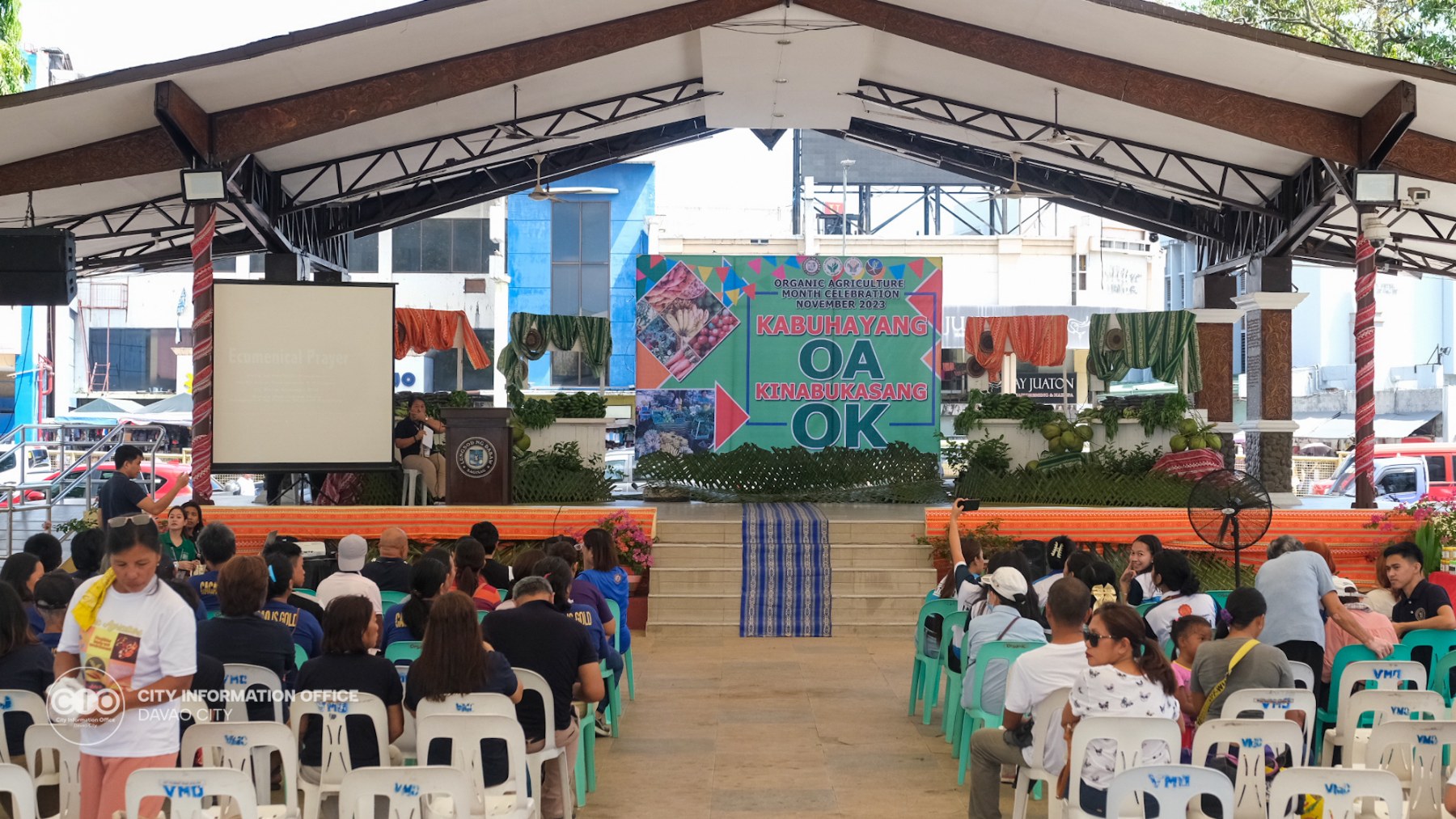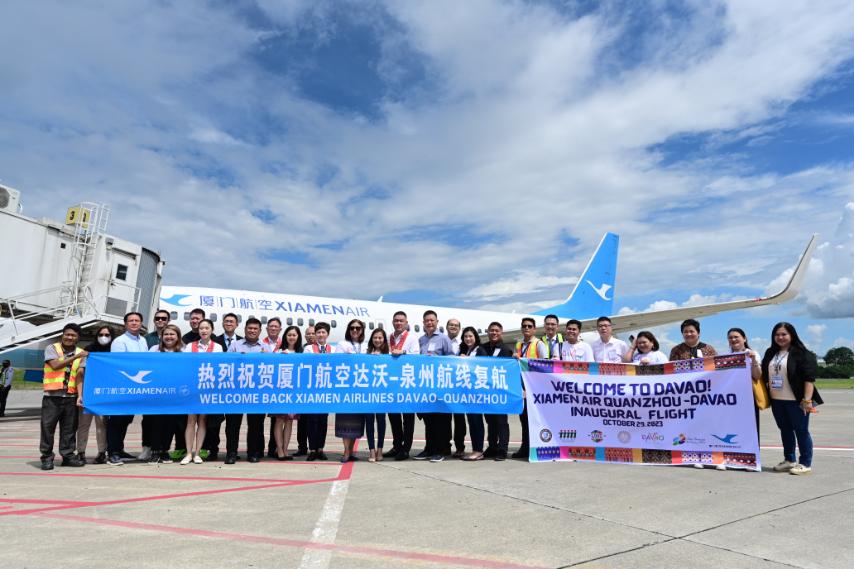July 29, 2022
The City Government of Davao, through the City Agriculturist’s Office (CAGRO), said it will deliver its commitment to have an abundant supply of durian during the Kadayawan season by outsourcing from neighboring regions.
The unusual weather patterns caused by climate change has affected the cyclic production of durian in the city, resulting in a supply deficit.
Typically, the annual volume of durian that Davao City produces can reach over 12,000 metric tons. Davao City recorded 15,485 MT of durian in 2019, over 17,000 MT in 2020, and 12,930 MT in 2021. However, only over 3,000 MT of durian were harvested for the first half of this year.
During the I-Speak media forum on Thursday, CAGRO head Edgardo Haspe said that because of the unusual weather patterns felt in the city’s highlands early this year, a significant number of durian trees did not bear fruit in time for the Kadayawan season. He said in order to respond to the high demand of the fruit during Kadayawan season, the CAGRO is currently in talks with durian consolidators from other regions to import durian into the city.
“Gina-isturyahan karon with the Durian Industry Council Association of Davao City, based sa pag-monitor nila, kung naa ba’y available supply from neighboring provinces and regions, just like North Cotabato, Kidapawan, Makilala, to supply the need for durian during that period (We are now discussing with the Durian Industry Council Association of Davao City, if, based on their monitoring, there is available supply from negihboring provinces and regions, just like North Cotabato, Kidapawan, Makilala, to supply the need for durian during that period),” Haspe said.
Although there is still durian left to be harvested from the city’s highlands, this will still not be enough to supply the market and the estimated 50,000 tourists who are expected to come during the Kadayawan season.
“As we have observed based on our monitoring, naa pa’y nabilin na portion in Toril, Sibulan, Catigan, portions of Marilog and Baguio, Calinan. Siguro dili na ni kaabot og 5,000 tons (As we have observed based on our monitoring, there are still some left in some parts of Toril, portions of Marilog and Baguio, Calinan. Maybe that will no longer reach 5,000 ton),” Haspe added.
Although Haspe admitted that this Kadayawan season’s durian harvest in the city is proving to be underwhelming, he said the industry remains lucrative. He added that more and more farmers are engaging in durian production due to its favorable prices in the global market.
In 2019, the total land area for durian farming in Davao City was recorded at 3,222 hectares. This has since increased to 3,389 hectares in 2021.
Haspe said the city’s durian processors have also been increasing in number.
“Nagkataas atong mga durian processors in Davao City. Naa’y isa diri sa Calinan, naa diri sa Tibungco, so nagaduol ni sila sa among opisina asa sila mangita og supply (Our durian processors here in the city are increasing. There is one in Calinan, here in Tibungco; they come to our office to ask where they can find supply),” Haspe said.
On top of this, Davao City is also eyeing to build a direct link to the Chinese market. The CAGRO head said that the city’s durian usually has to go through consolidators in other countries, such as Thailand, before ending up in mainland China. He said exporting directly to China will increase the profit margin of Davao City’s durian farmers as well as the city’s visibility in the global market. CIO

